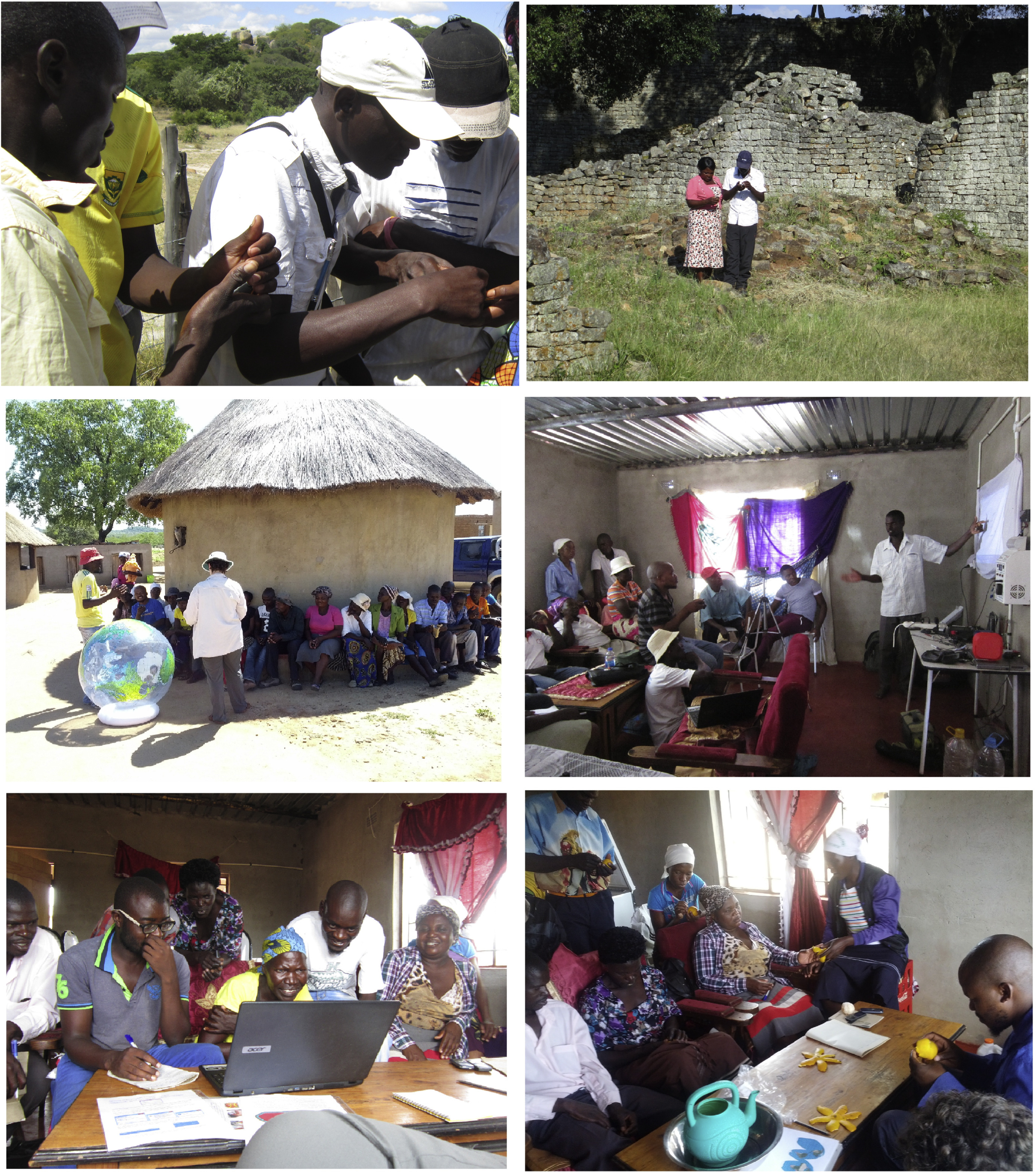Elsevier, Microchemical Journal, Volume 136, January 2018
Among the different pharmaceuticals present in soil and water ecosystems as micro-contaminants, considerable attention has been paid to antibiotics, since their increasing use and the consequent development of multi-resistant bacteria pose serious risks to human and veterinary health. Moreover, once they have entered the environment, antibiotics can affect natural microbial communities. The latter play a key role in fundamental ecological processes, most importantly the maintenance of soil and water quality.
Elsevier, Biological Conservation, Volume 217, January 2018
Voluntary sustainability standards have expanded dramatically over the last decade. In the agricultural sector, such standards aim to ensure environmentally and socially sustainable production of a variety of commodity crops. However, little is known about where agricultural certification operates and whether certified lands are best located for conserving the world's most important biodiversity and benefiting the most vulnerable producers.
Elsevier, Development Engineering, Volume 3, 1 January 2018
A human-centered design thinking approach has been applied to a course at the MIT D-Lab on creating low-cost prosthetic and assistive devices for the developing world. Teams of students with diverse backgrounds are paired with international stakeholders and industry partners to tackle real-world prosthetic technology needs, learn the design process through interactive lectures and workshops in the classroom, and are given the opportunity to conduct testing of the prototypes generated during the semester at field sites around the globe.
Elsevier, Pedobiologia, Volume 66, January 2018
Over the last two decades, there has been growing interest on the effects of agricultural practices on soil biology in Europe. As soil biota are known to fluctuate throughout the season and as agro-environmental conditions may influence the effect of agricultural practices on soil organisms, conclusions cannot be drawn from a single study. Therefore, integrating the results of many studies in order to identify general trends is required. The main objective of this study was to investigate how soil biota are affected by repeated applications of organic amendments (i.e.
Elsevier, Pedobiologia, Volume 66, January 2018
The assessment of microbial functional diversity is an important indicator of soil quality. Different methodological approaches are currently used; among them are enzyme activities (EA) and CLPP (community level physiological profile) techniques (e.g. MicroResp™ MR).
Elsevier, Pedobiologia, Volume 66, January 2018
Non-vascular plants such as mosses, lichens and especially microalgae are widespread in terrestrial ecosystems, but their contribution in the nutrient cycling and energy budget of soil food webs is generally neglected. Despite a relatively low total biomass, soil microalgae can be very productive and contribute to the diet of many soil decomposers such as Collembola. Using 15N/14N ratios we showed that phycophagy is of particular importance for Collembola in extreme habitats like rock surfaces, or seasonally during the wintertime.
Elsevier, Energy Research and Social Science, Volume 35, January 2018
Inspired by the energy democracy movement, this conceptual review critically explores relationships between concentrated or distributed renewable energy and political power. Advocates assert that because the renewable energy transition is fundamentally a political struggle, efforts to shift from fossil fuels and decarbonize societies will not prove effective without confronting and destabilizing dominant systems of energy power.
Elsevier, Energy Research and Social Science, Volume 35, January 2018
Looking back from 2050, this article is written in the form of a fictional speech reflecting on the impressive progress made by 2050 towards achieving the global goal of zero net emissions. The speaker also highlights the severe and ongoing ecological damage and human suffering caused by the failure to reduce emissions with sufficient urgency in the first quarter of the 21st Century – and the ongoing challenge of implementing the actions required to bring global temperatures back below 1.5 degrees. The speech identifies the following key drivers of the ‘great 21st century energy transition’.
Elsevier,
Development Engineering, Volume 3, 1 January 2018
In development engineering, practitioners often strive to empower local communities through technology. Effective adult education principles worked well with medium-tech mapping solutions. Local people used these skills to identify and solve their own development problems.
Elsevier, Food Policy, Volume 73, December 2017
Since 2000, mobile phone technologies have been widely adopted in many developing countries. Existing research shows that use of mobile phones has improved smallholder farmers’ market access and income. Beyond income, mobile phones can possibly affect other dimensions of social welfare, such as gender equality and nutrition. Such broader social welfare effects have hardly been analyzed up till now. Here, we address this research gap, using panel data from smallholder farm households in Uganda.

